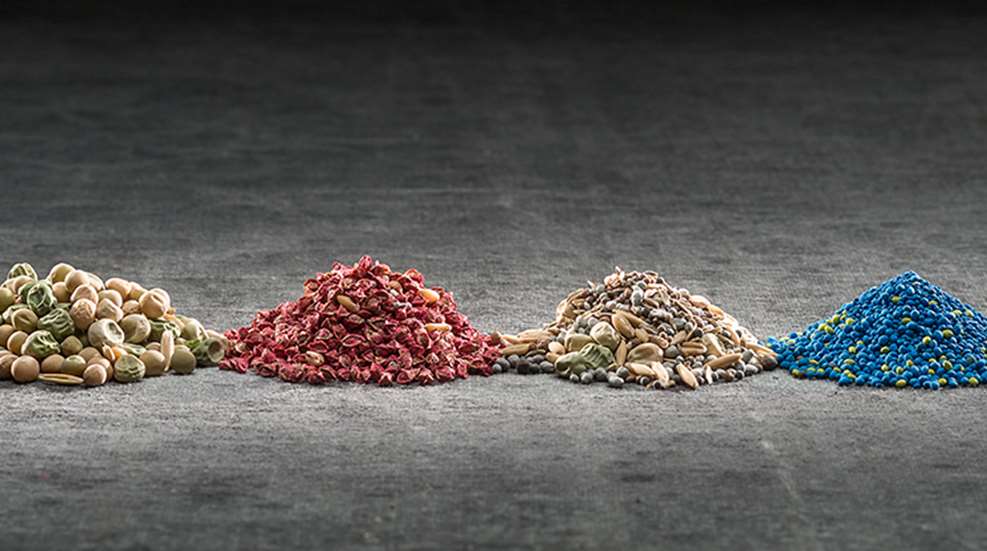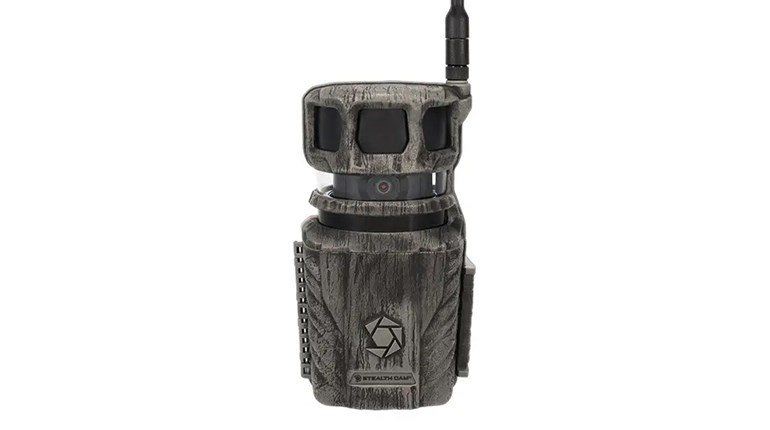
1. Determine the pH: If your hunting plot’s soil pH (the measurement of the alkalinity and acidity of the soil) is too high or low your deer food won’t grow well. The pH scale is from 1-14. Food-plot soil that is neutral has a value of 7.0 pH. When the pH level of your food plot is under 7.0, the soil is acidic; when it is over it is alkaline.
A balanced pH allows nutrients to feed the plants. Some seed companies will test soil samples for you. Many farm supply stores will also send your soil samples to a professional lab for analysis. The lab will provide the results along with recommendations of what you need to do to grow the crops of your choice.
2. Kill the weeds: Most experts recommend you use a Round Up-type weed-and-grass killer so your plants won’t have to compete for nutrients and water. An herbicide can be applied via an ATV sprayer or with a backpack sprayer.
3. Break ground: For smaller plots a rented rototiller or even hand tools, such as a Garden Weasel, might be fine for breaking up the soil. If necessary, rent a brush mower to clear the ground.
4. Lime the plot: After breaking up the soil, it’s time to apply lime to your food plot. Some seeds are designed to grow in low-pH soils, while others do better in higher-pH earth.
5. Fertilize the plot: Most seed companies give specific recommendations for the amount and type of fertilizer you should use. A “10-20-10” designation, for example, represents the percentage of the three major nutrients (nitrogen, phosphorus and potassium, abbreviated N-P-K) in a bag of fertilizer. In this case the bag would be 10 percent nitrogen, 20 percent phosphorus and 10 percent potassium. Advice printed on a seed bag will recommend something like, “apply 10-10-10 at 300 pounds per acre.”
6. Plant the seed: Different types of plants are utilized by deer at different times of the year. Deer won’t even touch some plants until a hard freeze.
Keaton Kelso, co-owner of K&K Outfitters, says, “My favorite thing to plant is winter wheat. I can plant it September 1 and have a good crop by November 1 after most of the farmers have harvested their corn and other crops. It typically draws deer through the late season.”
What you plant depends on your region, soil and other factors. Many seed varieties that grow well in the South don’t do well in the Midwest. Kelso says, “Deer are browsers. So wherever you live, try to give them a spot to stop. Many of the bucks we draw into to our hunting plots are coming to our small plots as they stage before going to the big fields after dark.”
The Whitetail Institute has a tool here that allows you to choose your region and plant options. It then gives you the best planting times and other advice. Also, at plantbiologic.com, Bio-Logic provides resources for pH testing, best planting times and more.
Plant Forage Deer Need
Check out these Imperial Whitetail seeds from Whitetail Institute.
• Winter Peas Plus: Contains two winter pea varieties; high in sugar and protein; extremly cold tolerant.
• Extreme: Great for tough soil; drought, cold and heat tolerant; provides antler building protein; lasts up to 5 years from a single planting.
• Ambush: Highly palatable fall annual with early- and late-season forages; contains sweet lupines and sugar beets; cold tolerant; easy to plant.
• Clover: Contains clover genetically designed for deer; high protein content; extremly cold tolerant; boosts milk production and fawn health.a guide to planting, food plots, hunting, hunting advice, know how, frank miniter, seeds, k&k outfitters, how to build a food plot, imperial whitetail seeds, whitetail institute





































